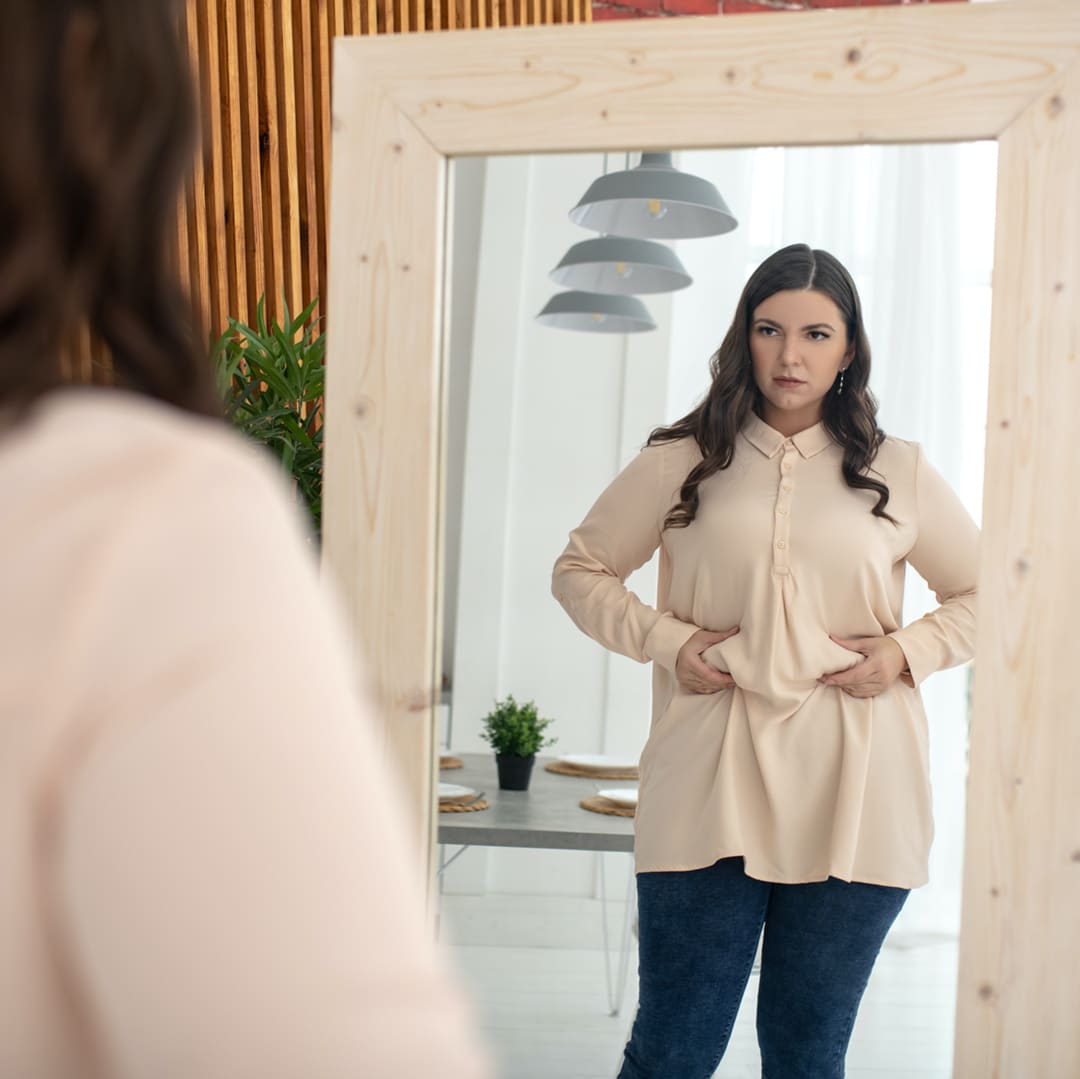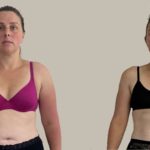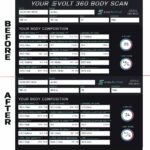
Celebrate the Small Wins
It can feel very demotivating when body scan results take a downward turn, but all is not necessarily what it seems. Ensuring scan conditions are consistent and having an understanding of the results and how each metric relates to another will give a clearer picture on how you or your client are really progressing.
It is incredibly important that clients understand that fat loss is never a linear process and often there are plateaus and rises along the way. The end goal should always be the focus and celebrating the small wins like being consistent with training, drinking more water, getting more sleep, being more active with steps etc. Clients will take onboard your advice so setting them up to concentrate on wins and areas of improvement will always yield a better client/trainer relationship and allow the client to progress in a positive manner. The scanning process should never be a negative experience but rather an opportunity to improve and get one step closer towards that goal.
As with all forms of body composition, the technology of bioelectrical impedance (BIA) requires standardised conditions when scanning to provide proper repeatability of measurements. The technology reads impedance and reactance of tissue at a point in time which can differentiate Lean Body Mass from Body Fat Mass.
The human body is quite dynamic in response to training stimulus, nutrient partitioning and supplementation/medications so those things need to be taken into account with respect to scan readings. The technology is validated in science and used in medicine so generally, variabilities in scan results are mostly due to human factors, this is why it’s important to always ensure there are standardised conditions around testing.
So, what could be the reason for results not being as expected, provided that the scanning conditions are consistent to previous scans?

If the latest scan shows a Loss of Lean Body Mass (inclusive of Skeletal Muscle Mass, Protein and Total Body Water) and gaining of Body Fat, this could easily be the result of one of more of the following –
- Overtraining
- Inflammation (tissue inflammation from training which can explain diminished skeletal muscle tissue and total body water at that point in time that you / the client has scanned)
- Not being consistent with nutrition plan (this is often an area of improvement that provides better results)
- Medications (inclusive of over-the-counter medications)
- Stimulants, pre-workouts, creatine and beta analine supplements
- Hormone-based implants and medications such as HRT
How to Identify Whether the Scan Result has been Affected by a Human Factor
The largest margin of error can be seen by checking Total Body Water and comparing it with previous scans.. Being a component of Lean Body Mass, this is where you can identify whether the scan result has been affected by a human factor that is influenced by something that has altered Total Body Water. This is why it is imperative to control the scanning conditions as much as possible.
So, what could it mean if Total Body Water is higher than normal? It’s important to note, people with higher Skeletal Muscle Mass will have plenty of muscle glycogen and therefore show higher Total Body Water. The general breakdown of intracellular and extracellular is 70/30. It doesn’t necessarily mean that the client is dehydrated if they are under in their extracellular water. This would be more an indication of the client’s sodium and potassium balance rather than just water consumption alone.
In terms of tracking, the correlation of high Skeletal Muscle Mass will show in high Total Body Water. In other words, as the client increases muscle mass, their total body water will increase also.
Place Emphasis on Follow-up Scan Results
Some people will have an expectation of their Body Fat Percentage which might not reflect on the scan result. The BIA device can only provide a result based on the impedance and reactance of tissue, and therefore the result is reflecting the state of the body at the time of scanning. The first scan result is only a baseline and the emphasis should be on the follow up scan results, not the initial scan. Furthermore, where body fat is concerned, the total Body Fat Mass (kg or lbs) is where the emphasis should lie rather than Body Fat Percentage.
From a nutrition perspective, reducing carbohydrate consumption will initially provide a substantial change as 1 gram of carbohydrate bonds with approximately 3 grams of water, so this is why there is often a decent change from the first to second scan result in a fat loss phase.
Carbohydrates are also required to replenish glycogen stores in the muscle (as well as the liver). Excess carbohydrates or a high carbohydrate meal can momentarily clause fluid shifts and alter a scan result, so keeping food choices similar in nature around scanning, is important.
How to Improve and Lower Visceral Fat Levels
It is common to see a visually lean person’s scan results that show a high level of Visceral Fat. It is important to note that a number of factors can affect visceral fat such as poor diet, alcohol and drug use as well as high stress (which can be mental, emotional, physical or environmental like shift work) and lack of sleep.
For considerably high visceral fat levels, medical consultation should be sought from a qualified general practitioner.
For general guidelines to improve and lower visceral fat levels;
- Ensure a balanced, nutritious eating plan in a calorie deficit is followed.
- Include plenty of green, cruciferous vegetables (or supplement with a good quality greens supplement) as well as ensuring a sufficient amount of protein intake and good quality fats.
- Lowering stress situations can be difficult, however cortisol reduction supplementation may be used to assist.
The BIA technology is a terrific way to highlight a lot of factors that people are often not conscious of in their daily activity and using that information to make small but potentially life-changing adjustments.
For more information on the Evolt 360 Contact Us.
To find your nearest Evolt 360 Scanner, download the Evolt Active App

